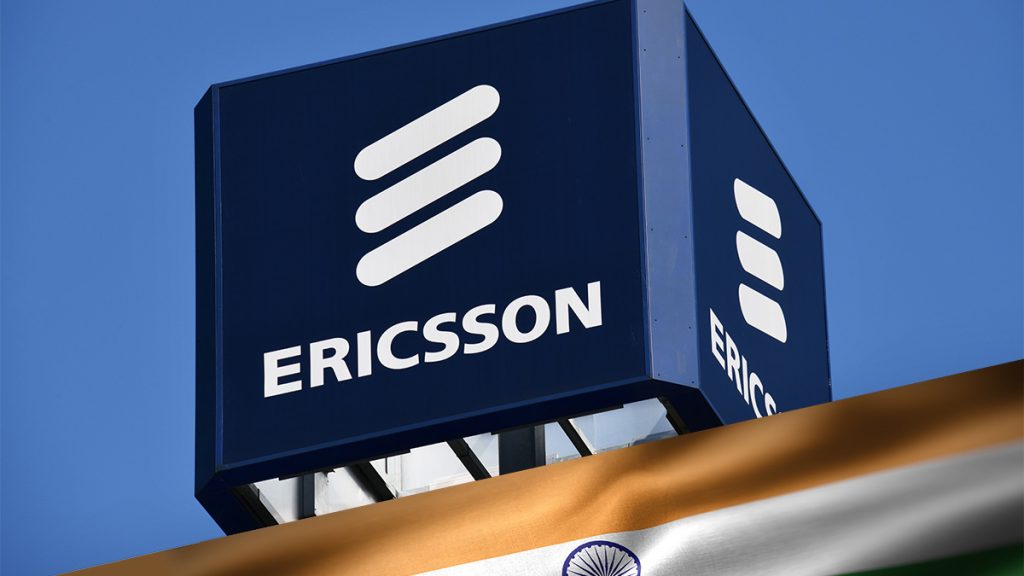
After clinching large deals with telecom operators for 5G equipment, global telecom infrastructure company Ericsson plans to expand its production capacity in India. The expansion plan would collaborate with a local vendor and operate from the latter’s Pune location. It is all part of a well-structured plan for Ericsson to further its global presence.
The Move Is Global, Not Just India
Indian production is part of our global production footprint, which spans continents. This footprint has enabled Ericsson to create an international, flexible, and resilient supply chain that allows Ericsson to adapt rapidly to market and customer needs, benefiting India as well. Though not explicitly mentioned in the statement, the new facilities are likely to be part of the government’s “Make in India” initiative as well as the productivity-linked-incentive (PLI) program, which has resulted in India aiming for global leadership in telecom, including smartphone manufacturing and now infrastructure.
A Collaboration That Will Create 2000 New Jobs
According to a company statement quoting Nunzio Mirtillo, head of Ericsson’s operations in Southeast Asia, Oceania, and India, the capacity expansion project is expected to create 2000 new jobs in the company, which is also in the process of establishing a new technology center to support the introduction and product engineering for new equipment and local deployments. The company has signed agreements to supply 5G network equipment to major telecom operators such as Reliance Jio and Bharti Airtel. “As 5G is introduced in India, we are gradually ramping up production of our 5G telecom equipment in Pune to support the network deployments of Indian telecom service providers,” according to the statement.
Huawei’s Misfortune Was the Chance for Ericsson
This is unlikely to have occurred in the absence of India’s “unofficial” ban on Chinese merchants. Huawei and ZTE were not only not allowed to join in the 5G testing last year, but they were also unable to obtain the trusted vendor accreditation required by the Indian government for any new vendor negotiations.
Huawei has carved itself a niche in the Indian telecom sector in recent years. Except for Reliance Jio, all Indian telcos were collaborating with Huawei. Huawei was able to carve out a niche for itself thanks to its low-cost equipment and easy payment arrangements. With the Chinese sellers out of the picture, the market was left open for a third vendor.
Ericsson, which was already collaborating with the industry leader, is well-positioned to fill this market void. Not only in India, but Ericsson appears to have benefited from global anti-Chinese sentiment.
Bottom Line
While Ericsson is doing a great job revamping the Indian infrastructure, it is far from perfect. The 5G rollout in India was slow and took way longer than expected. Ericsson indeed is a household name and a telecom giant, but will they be enough to declutter years of slow 5G adoption and rollout?